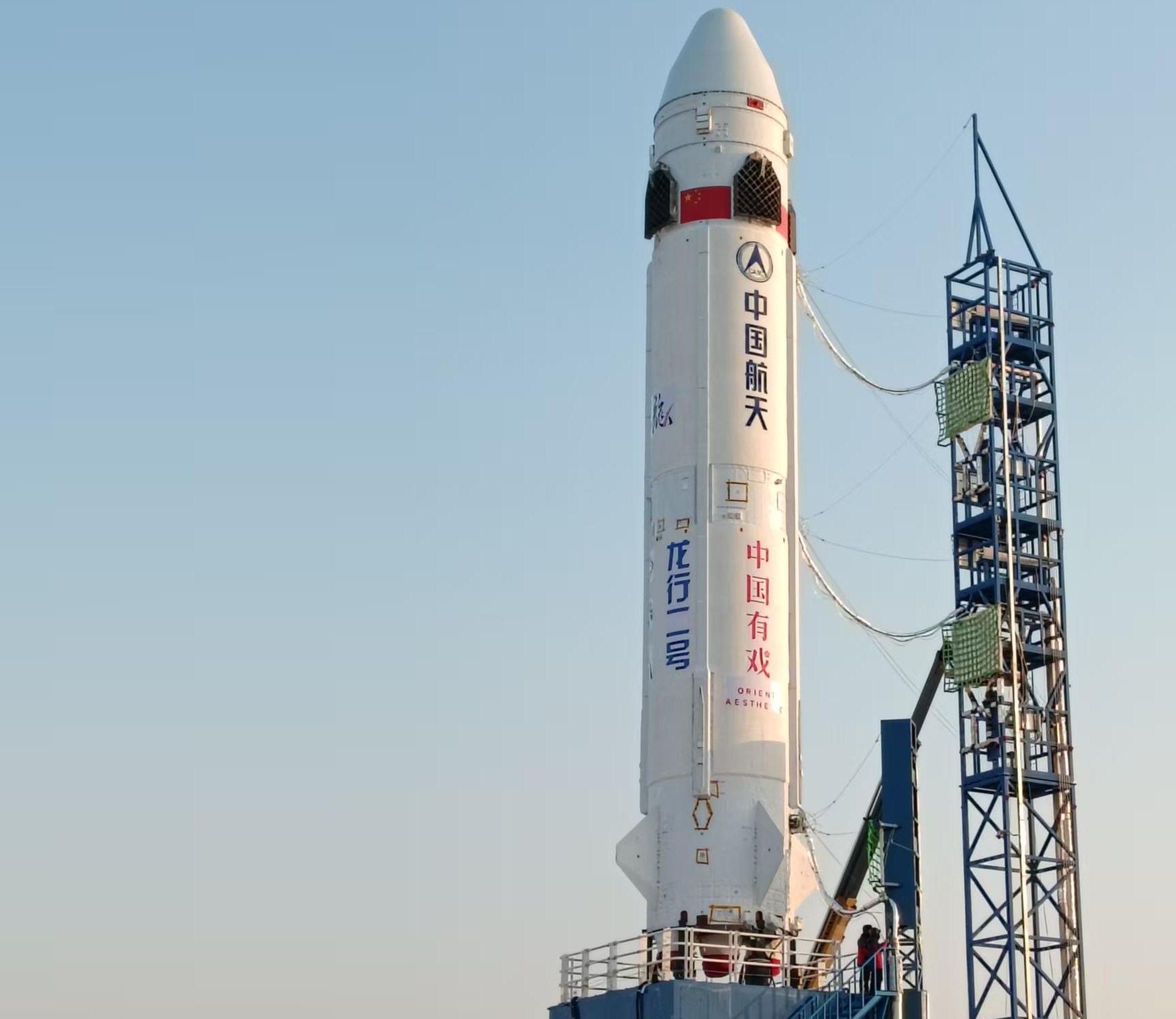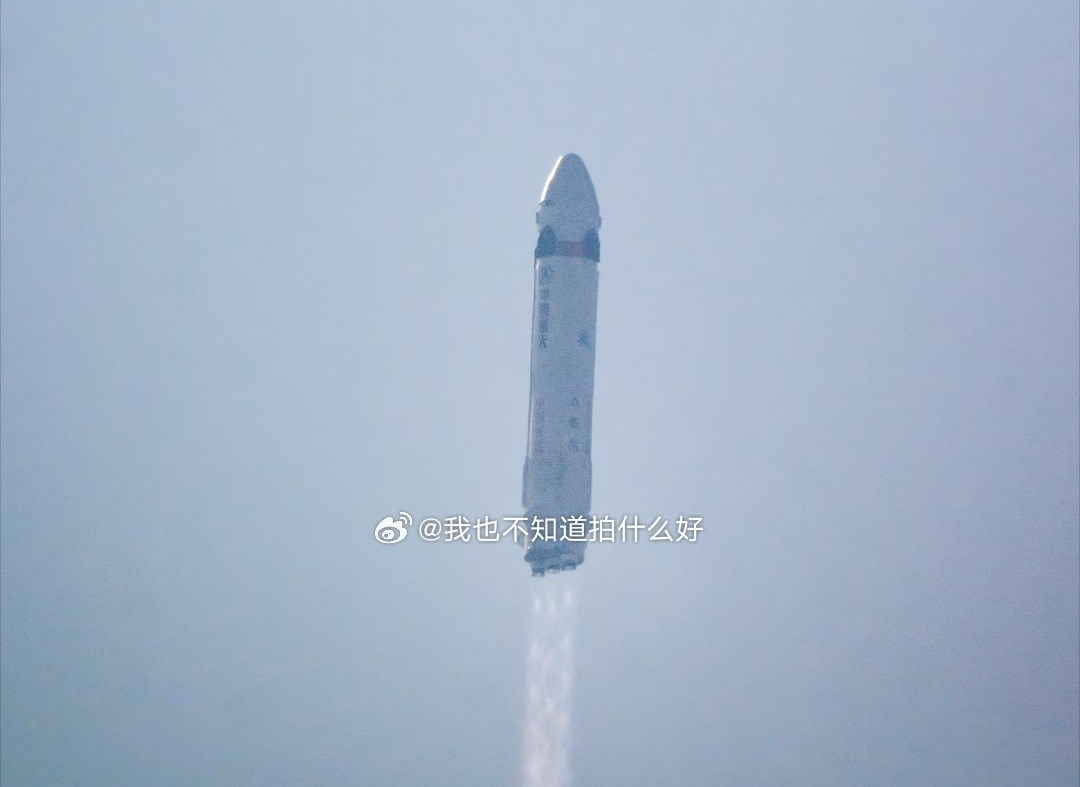
See Full Size
Rocket launched but outcome uncertain
Longxing-2 The test vehicle named successfully took off from a launch platform near Haiyang in Shandong province. China’s reusable Long March 12A The vehicle, developed to test the first stages of the rocket, is approximately 75 kilometers altitude It was aiming to reach the island and then make a controlled re-entry and land in the Yellow Sea.
Amateur camera footage shows that the rocket rose smoothly from the launch tower and completed its climb without any abnormal events. However, although more than 24 hours have passed since the launch, no information about the result of the test and the landing phase has been shared.
The test was conducted by Shanghai Academy of Spaceflight Technology (SAST). SAST is a subsidiary of China Aerospace Science and Technology Corporation (CASC), which plays a critical role in China’s state-supported space projects. Following the success of the vertical takeoff-vertical landing (VTVL) test conducted in June 2024 at an altitude of 12 kilometers, a more complex trial was aimed with Longxing-2.
Important for China’s space plans
See Full Size
China achieved a remarkable success by attempting to launch a total of 68 rockets last year. However, most of these launches were made with hypergolic Long March series rockets, which are based on old technology and are highly harmful to the environment. The country was targeting around 100 launches, including from state-owned and commercial companies. In the new launch test, more environmentally friendly methane-liquid oxygen engines were used.
The Long March 12A, on the other hand, is just one of a series of reusable launchers being developed in China. In addition to the 12A, CASC is developing the Long March 9 and the reusable Long March 10 series for human spaceflight. In addition, this year, new rockets from various commercial companies will be launched for the first time, including Zhuque-3 (Landspace), Tianlong-3 (Space Pioneer), Pallas-1 (Galactic Energy) and Kinetica-2 (CAS Space). All of these will be made reusable at different stages.
This news our mobile application Download using
You can read it whenever you want (even offline):





